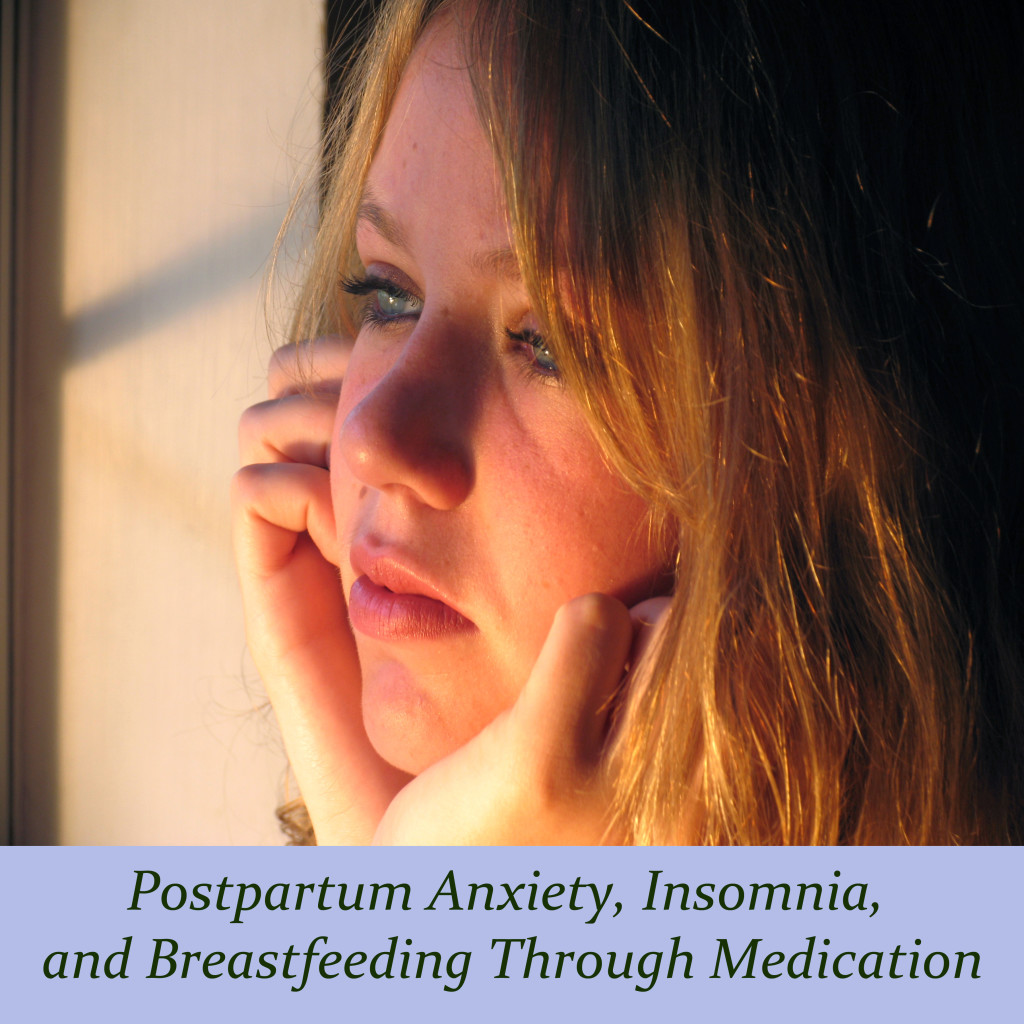
Sleep latency was determined by asking how many minutes it took for the infant to fall asleep infant sleep duration was assessed for the daytime (8am–6pm) and the nighttime (6pm–8pm).

Whether the infant was currently breastfeeding was dichotomized as a “yes” or “no” question in the survey. Mothers were queried on their age, race, marital status, level of education, total hours of paid work per week, and household income. Infant age, race, and weight (pounds) were obtained via maternal report. Whether the infant was an only child was inferred from the reported number of children under 11 years in the home, but there may have been older children in the household. The study examined data from 77 infants ages 6–11 months whose information was reported by their mother caregivers. The Sleep in America Poll™ had preset minimum quotas of 50 infants ages 6–8 months and 50 infants ages 9–11 months. Institutional Review Board approval was obtained from the University of Pittsburgh for examining the de-identified data. A summary of findings from the poll is available at the website. A national research firm conducted a scripted telephone survey among a nationwide random sample of households targeted as having children. The National Sleep Foundation’s Sleep in America Poll™ (2004) examined factors that affect sleep in young children and their caregivers.

The purpose of this study was to examine the association between breastfeeding and maternal/infant sleep patterns in infants from 6–11 months of age and to assess the relationship between breastfeeding and the risk of mothers obtaining insufficient sleep. Six months is considered a milestone for introduction of solid foods and a marker for infant sleep consolidation ( Gartner et al., 2005). It is important to study these infants as a separate group, as 6 month-olds have significant developmental differences and nutritional needs compared to younger infants. While previous studies with younger infants suggest that breastfeeding may have no effect or a protective effect on maternal sleep ( Gay et al., 2004 Montgomery–Downs et al., 2010 Doan et al., 2007 Dorheim et al., 2009 Kendall-Tackett et al, 2011), the relationship between breastfeeding and maternal sleep remains unclear for infants over 6 months of age. The literature suggests that one of the most common causes of disturbances in mothers’ sleep may be babies’ feeding patterns ( Dennis and Ross, 2005 Huang et al., 2004 Hunter et al., 2009).

While many infants are able to sleep through the night by 6 months of age, some continue to wake and disturb their mothers’ sleep.


 0 kommentar(er)
0 kommentar(er)
